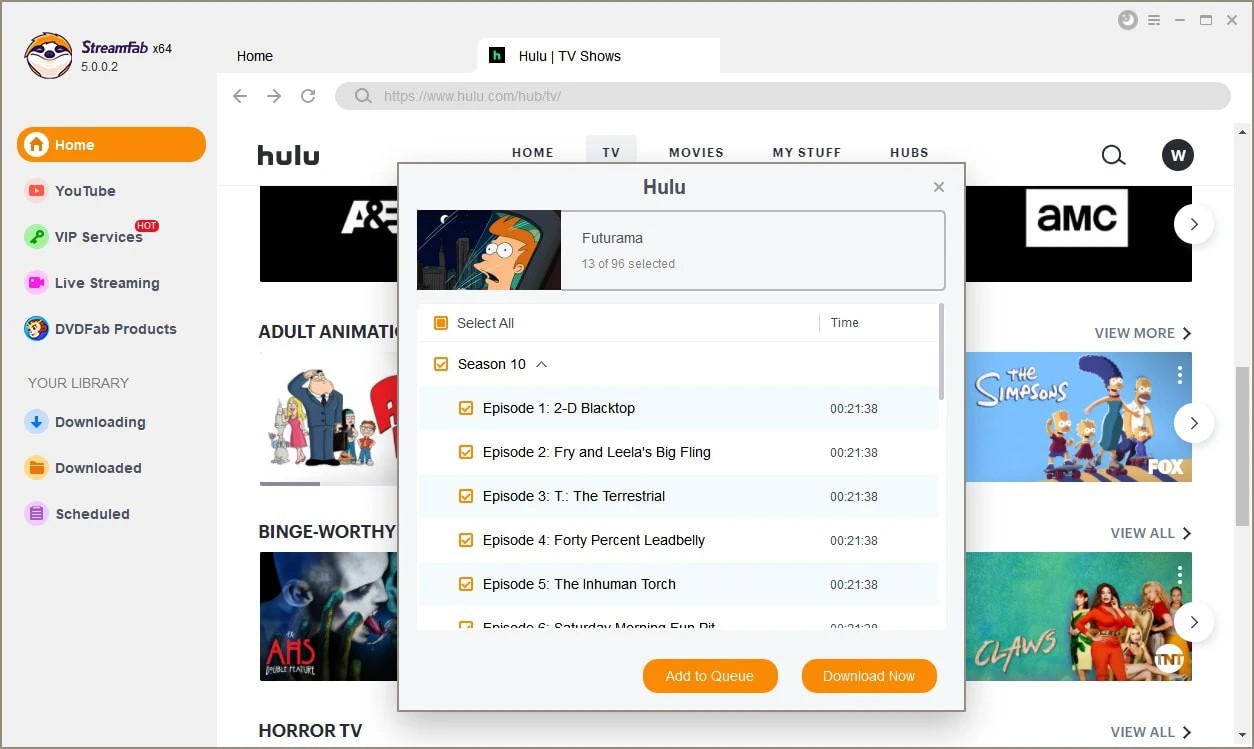

Writing captions in serif-free capital letters makes them easy to read. This issue is particularly true if the captions are moving fairly quickly. However, the additional strokes and flourishes in these typefaces can impede a viewer’s ability to visually process the text. Some people enjoy using Serif fonts for aesthetic purposes. A serif is a small line attached to a larger stroke in a letter. Experts agree that some of the best fonts for subtitles and captions are non-serif fonts. However, there are some guidelines to consider when selecting the best fonts for videos that will appear on YouTube channels or social media pages. Captions provide an equitable viewing experience for audience members who are Deaf or hard of hearing and do so in part by conveying non-verbal sounds.Īgain, there is no universal standard for closed captioning font style. As a result, subtitles seek only to offer a translation of the spoken text. The reason for this difference is that subtitles support audience members who are viewing videos in a non-native language. For instance, sound effects and music cues will prompt a notation in captions but not in subtitles. Subtitles focus only on dialogues and narration and include textual representations of non-speech audio elements.

Subtitles are similar to captions, but there are some important differences. Subtitles: Although people often use the terms interchangeably, subtitles and captions are not the same thing.Viewers cannot selectively turn these captions on and off based on their needs or preferences. Essentially, these captions are “burned in” or “baked in” and become a part of the video. Open Captions: Open captions differ from closed captions because they are permanent fixtures in a video.In order to turn on closed captions, viewers can either use the on-screen button or their remote control. Closed Captions: Closed captions are captions that audience members can enable or disable at will.Although there are many caption formatting options, they often appear as white text in a black box at the top or bottom of your screen.īefore diving into the various fonts for captions, here’s a bit more information about the differences between popular types of captioning.
HULU SUBTITLES COLOR FULL
Because many other viewers can’t or don’t listen to videos at full volume, it’s common for people who may not need captions to use them as well. Captions serve as a visual representation of the audio track of a video, which can improve comprehension and engagement for viewers who are Deaf or hard of hearing.
HULU SUBTITLES COLOR TV
adults watched roughly 167 minutes of TV video content and 149 minutes of digital video each day.


 0 kommentar(er)
0 kommentar(er)
